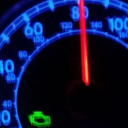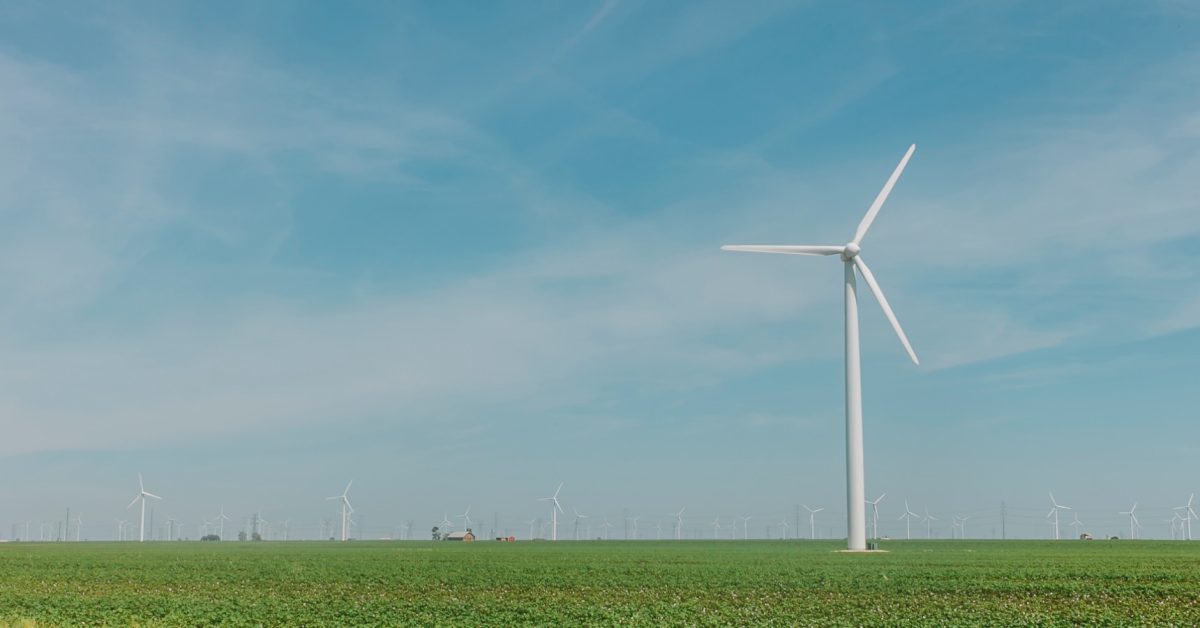I recently watched a documentary about the USA power grid and was surprised to find we have three, East, West, and Texas. How weird is that.
Anyway Texas set out to be independent early 20th century because they did not want to be subject to federal regulations. Unfortunately that leaves them vulnerable. They can’t tap into the national grid if there’s a deficit, which has happened several times due to extreme weather. Texans just have to go without power and it’s always at the worst time. They know they have this vulnerability and are not dealing with it for whatever reason.
Also they can’t sell surplus to the national grid because they’re not connected to it. I mean nobody can force them to hook up, but if I was a Texan I’d want my state to suck it up for the sake of having redundancy in the system and sparing the catastrophe.
Texas is a degenerate state
- Can’t fix their energy system
- Doesn’t allow water breaks
I think the list is longer
I get downvoted every time I say I just wish Texas would just succeed already.
You might want to use secede instead.
Author probably should’ve googled “texas power grid upgrades” before writing.
Why? What should people know about Texas power grid upgrades?
Best I can see right now is ERCOT and others saying lots of upgrades have been made, but not specifics. I can see ERCOT and the legislature going back and forth on a “market overhaul” that no one can quite agree on yet and which favors more on-demand sources (natural gas and such). Can you point to where people should read about upgrades?
I think there is a bad title here, but that’s not the title at the link. I don’t know where this title came from. OP? The link is a pretty straight forward reporting of this recently released EIA report and doesn’t seem to contain much of the author’s opinion (apart from being on a renewable biased website).
What upgrades have they made?
I dont think whoever wrote this understands how power generation works. You don’t make more power than what is being consumed. On days when wind and solar a putting out good amounts of power, they idle down the gas a coal plants to a lower load.
They can’t make excess power, so none of it goes to waste.
Also, I work in the industry in plants around this area… They have been upgrading a lot of shit. And my base plant is actually part of a pilot program to fix a lot of the winter issues they had.
One of the plants I worked in down in that area is relatively new, and it was only engineered for temps at 15 degrees F. It got down to -15 and was fine, thankfully.
Did you read more than the headline? The problem is explained in a very straightforward quote, below. The grid isn’t always capable of transmitting as much energy as the wind and solar generators can produce at peak, so there have been times when they have not been able to deliver power to meet demand despite having the generation capacity to produce it. So no, electrical current isn’t being yeeted into deep space but generation capacity that’s already been invested in is sitting idle even as demand goes unmet, and that is a waste.
Our analysis shows that on days with more wind and solar generation and strong system electricity demand, limited transmission line capacity restricted wind and solar generation flows, and curtailments occurred. These types of curtailments account for 36% of the projected curtailments in 2035, which could be reduced by upgrading the transmission system.
The author of the article doesn’t say anything about “surplus generation”, that’s a quote from the report.
You don’t think the US Energy Information Administration knows what it’s talking about? Bold stance.
You absolutely always make more power than what is being consumed. You need to have overage.
Oh. Also, the company I work for has estimated that demand will grow 50% over the next 10 years, some of it due to demand from electric vehicles. They’re building new plants and wind farms non-stop, and also upgrading transmissions because they make a lot of easy money by letting other companies use their lines




